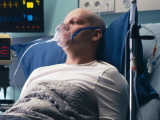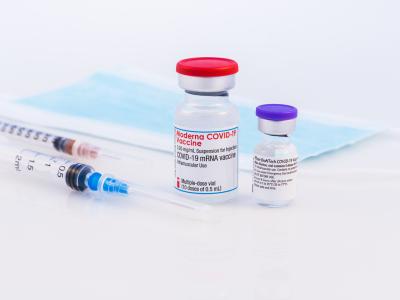The incidence of nontraumatic out-of-hospital cardiac arrests in New York City was three times higher during the start of the COVID-19 pandemic than in the same period the year before, which researchers who published a study late last week in JAMA Cardiology say points to a need for more effective healthcare outreach amid crises.
The findings of a separate study, published today in the US Centers for Disease Control and Prevention's (CDC's) Morbidity and Mortality Weekly Report, highlight the importance of seeking emergency care amid the pandemic, with emergency department (ED) visits down 23% for heart attack, 20% for stroke, and 10% for critically high blood glucose levels from Mar 15 to May 23 from the previous 10 weeks.
Tripling of out-of-hospital cardiac arrests
In the first study, the authors analyzed data from 3,989 patients who had an out-of-hospital cardiac arrest requiring resuscitation by New York City 911 Emergency Medical Services from Mar 1 to Apr 25 and 1,336 who required the same service in 2019. They found an incidence of out-of-hospital cardiac arrest of 47.5 per 100,000 people during the pandemic, versus 15.9 per 100,000 people in 2019.
Patients who had an out-of-hospital cardiac arrest in 2020 were older (mean age, 72 years), compared with 68 years in patients in the comparison period. They were also less likely to be white (20.4% vs 32.9%) and more likely to have high blood pressure (53.5% vs 45.7%), diabetes (35.7% vs 26.0%), and physical limitations (56.6% vs 47.5%).
In 2020, the odds of asystole (flatlining) were higher than in the year before (odds ratio [OR], 3.50; 95% confidence interval [CI], 2.53 to 4.84; P < .001), as were the odds of pulseless electrical activity (OR, 1.99; 95% CI, 1.31 to 3.02; P = .001).
The pandemic also saw significant reductions in return of spontaneous circulation (ROSC) (18.2% vs 34.7%, P < .001) and sustained ROSC (10.6% vs 25.2%, P < .001) and a death rate higher than 90%.
The authors said that they cannot attribute the cardiac arrests to COVID-19 but that their data suggests that the high incidence of out-of-hospital events could be the result of vulnerable people delaying care because of fear of contracting the virus in a healthcare setting, lack of access to healthcare, or the reluctance of first responders with inadequate personal protective equipment to perform more invasive ventilation procedures that generate virus-containing aerosols.
Fear of infection, lack of healthcare
In the CDC study, data from the CDC's National Syndromic Surveillance Program showed that, since the number of ED visits bottomed out in late March, ED visits for heart attack and stroke have gradually risen but are still lower than normal.
The decline in ED visits for high blood sugar occurred largely among people aged 18 to 44 years, especially women, while the decline in visits for heart attack was largest among patients 65 to 74 years old for both men and women. The largest decreases in visits for stroke was among men aged 65 to 74 years and women aged 75 to 84.
The largest absolute differences in visits for heart attack and stroke were seen in patients 65 years and older, while adults aged 18 to 44 years and children had the largest decline in visits for high blood sugar.
The researchers said that the decline in ED visits may be attributable to fear of exposure to the novel coronavirus, an inability to access healthcare, public health recommendations to minimize nonurgent visits, or stay-at-home orders. They added that the overall decline in ED visits may be at least partially responsible for the abnormally high rate of deaths not linked to COVID-19.
The authors said that anyone having chest pain, loss of motor function, altered mental status, or other serious issues should visit an ED right away, pandemic or not. "Communication from public health and health care professionals should reinforce the importance of timely care for acute health conditions and assure the public that EDs are implementing infection prevention and control guidelines to ensure the safety of patients and health care personnel," they wrote.




















